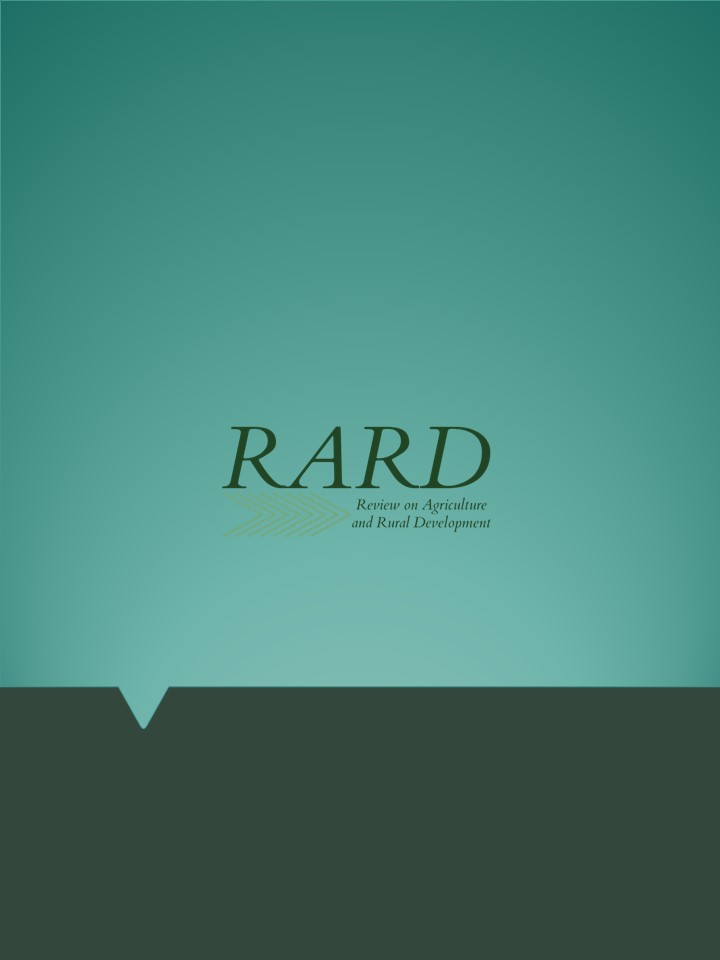The effect of arbuscular mycorrhiza on the yield of different winter wheat varieties at four nutrient levels
Main Article Content
Abstract
The examination of mycorrhizae is a very important research topic nowadays, as it is known for its many positive effects and can be found on almost all soil types. They are able to form a symbiotic relationship with the majority of terrestrial plants, with almost 90% of them. They increase the nutrient and water absorption of the host plant, increase the resistance of the plant against diseases and help improve the quality of the soil. In return, the fungus receives organic matter, vitamins and growth-stimulating substances from the plant. However, few studies deal with the mycorrhiza-wheat relationship under field conditions. In our research, we focused on this, where we created four different nutrient levels and treated four varieties of winter wheat (GK Déva, GK Petur, Cellule, MV Nádor) with a biological seedcoating product that contain mycorrhiza. The experiment was set up in Szeged-Öthalom, in the 2021/2022 growing season, on 10 m2 plots in four replicates, using random block arrangement. Our goal was to determine the effectiveness of mycorrhizal treatments in addition to traditional field cultivation. To do this, we measured the yield amounts and examined different yield elements (stem weight, spike weight, spike length). Then the results of the treated and control plants were compared and evaluated using the SPSS statistical system. Based on the one-year results, we observed that mycorrhizal treatments had a positive effect on the yield of winter wheat varieties at all nutrient levels.
